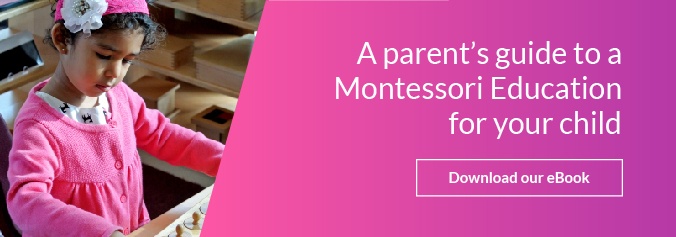Independence is a skill that children can start learning early on. Through experience and education, children develop the independence they need to succeed in school and throughout life. Montessori education is uniquely designed to help build independence in students from day one. Even the youngest students in a Montessori program have opportunities to build independence. Some of the ways that students build independence through Montessori education include practical life activities, self-directed learning, hands-on learning, and through individualized learning plans.
Practical life activities
Practical life activities are part of the Montessori curriculum for the youngest students. These activities are designed to help students develop confidence and independence. Examples of practical life activities include sweeping, putting on and taking off a jacket, setting a table, washing hands, and other activities involved in caring for themselves, their physical environment, and interacting with others. As students master these tasks it builds their confidence and allows them to start doing those tasks independently.
Self-directed learning
Montessori education also helps build independence by allowing students to have some control over what and how they learn. Students get choices in the classroom based on their interests and abilities. The teacher creates learning stations throughout the room and provides students with opportunities for self-directed and independent learning. This type of learning builds independence as students start to develop a sense of personal responsibility for their learning.
Hands-on learning
Hands-on learning is another pillar of the Montessori Method of education. Hands-on learning helps build independence and confidence. Students can really dig into a topic when they are able to learn through touch. The design of hands-on learning makes it simple for students to learn independently because of the concrete elements involved in the process.
Individualized learning plan
Another way that Montessori education can help build independence is through individualized learning plans. The teacher in the classroom interacts with and observes each student to determine what that student needs. Then, the teacher develops an individualized learning plan for each student. This design makes it possible for students to work independently. It also ensures that students have the opportunity to truly master a concept before moving on to the next.
Multiple elements of the Montessori Method help build independence in students. It is important for students to develop independence because it is a characteristic that will serve them well throughout life. A hallmark of Montessori education is that students get opportunities every day to engage in independent learning. Independence is valued highly in the Montessori Philosophy and the design of Montessori programs reflects that value. You can learn more about the ways that your child will build independence through Montessori education by observing a classroom. Classroom observation will allow you to see the concepts outlined above put into practice. You can schedule a classroom observation at Fountainhead Montessori School through the FMS website.












Let us know what you think about this post
Put your Comment Below: